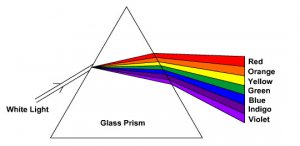soontomarry
Rough_Rock
- Joined
- Nov 7, 2009
- Messages
- 6
Per the advice of many of the very knowledge people here on pricescope, I am planning to get the best cut possible on the diamond I am soon to purchase.
While looking through multiple websites, I found these suggested cut values on niceice.com:
Total depth between 59 - 61.8%
Table diameter between 53 - 57%
Crown angle between 34.3 - 34.8 degrees
Pavilion angle between 40.6 - 40.9 degrees
Girdle thickness between thin and slightly thick
Culet: AGS pointed or GIA none
Is it generally agreed that a diamond in this range will have the best cut possible with all the wonderful light characteristics that come with it?
Are there any other values that should be kept in check other then these listed?
While looking at the GIA report on some "ideal" diamonds on bluenile.com, I notice that some of the values fall out of this range. Seemingly the value which most often falls out of this range is the pavilion angle. Many of the pavilion angles on stones listed on bluenile.com go above 40.9 degrees. Is the pavilion angel range above to restrictive?
Thanks for our help!
While looking through multiple websites, I found these suggested cut values on niceice.com:
Total depth between 59 - 61.8%
Table diameter between 53 - 57%
Crown angle between 34.3 - 34.8 degrees
Pavilion angle between 40.6 - 40.9 degrees
Girdle thickness between thin and slightly thick
Culet: AGS pointed or GIA none
Is it generally agreed that a diamond in this range will have the best cut possible with all the wonderful light characteristics that come with it?
Are there any other values that should be kept in check other then these listed?
While looking at the GIA report on some "ideal" diamonds on bluenile.com, I notice that some of the values fall out of this range. Seemingly the value which most often falls out of this range is the pavilion angle. Many of the pavilion angles on stones listed on bluenile.com go above 40.9 degrees. Is the pavilion angel range above to restrictive?
Thanks for our help!










300x240.png)